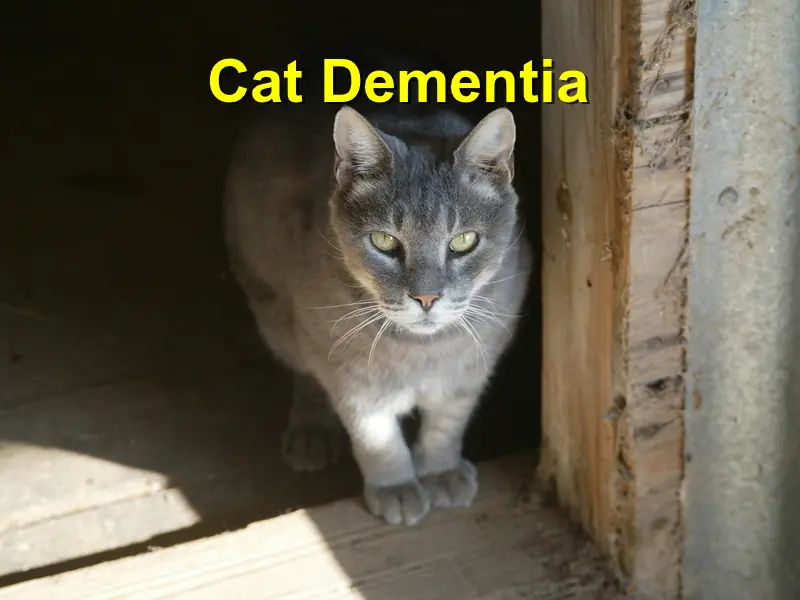Cat Dementia: Common signs to why your cat could be at risk
If you are a pet owner in charge of a senior feline, then you probably have seen some noticeable behavioral changes that often worry you. Most cats in their senior experience a decline in their mental and physical health.
Feline or cat dementia, also known as cognitive dysfunction often starts occurring at 11-12 years of age and is directly related to the cat’s brain aging. So how can you identify when your furry feline friend is suffering from cat cognitive impairment resulting from aging? Here’s a laydown of the common symptoms.
- Disorientation
The cat will often end up failing to navigate through the home setting and often appear out-of-place. There could also be a wandering behavior and loss of spatial awareness. Locating food bowls, water points, and the litter box could also be a problem.
- Anxiety
A senior cat with CDS can be restless at times, as they typically can’t seem to put up due to the disorientation in place. You may notice that your cat appears anxious at night, appears agitated and runs-off occasionally.
- Irritability
Despite cats being temperamental creatures, CDS have them cranky all the times. Senior cats may lose interest in social interaction, evidence from the refusal to be petted, not sitting on the lap or a simple greeting at the door.
- Changes in sleep
Sleep is a cat’s favorite pastime. However, if your cat seems to be sleeping for more extended hours, then it could be due to a cognitive decline. For instance, the cat sleeps more than usual and even fails to wake up for its scheduled dinner time.
- Poor grooming
Remember cats love to keep their coats looking good and clean. Senile cats would often not care about having their coats in good condition especially if there is inappropriate defecation or urination.
Seeking treatment
Your veterinarian would first have to ascertain that the cat indeed has dementia by ruling out the different symptoms. They might also suggest a variety of measures to take since cat dementia has no cure and is progressive. Those steps might include:
- Enhance the pet’s diet with recommended foods and dietary supplements for brain health.
- Avoid changes to the cat’s routine or environment such as feeding times, litter box.
- Provide mental and physical exercise through toys, training and other playful activities
- Using approved psychoactive drugs such as Anipryl to possible reduce or treat the dementia
References: Vet Chick , Vet Help Direct, Hills Pet, 2nd Chance




